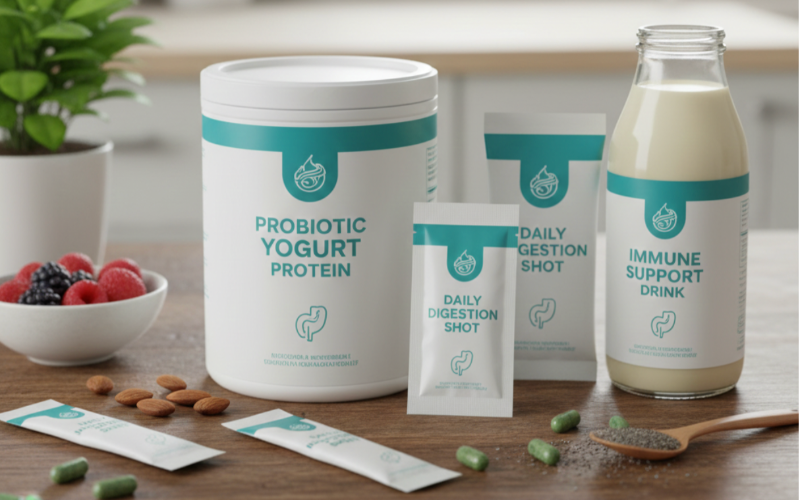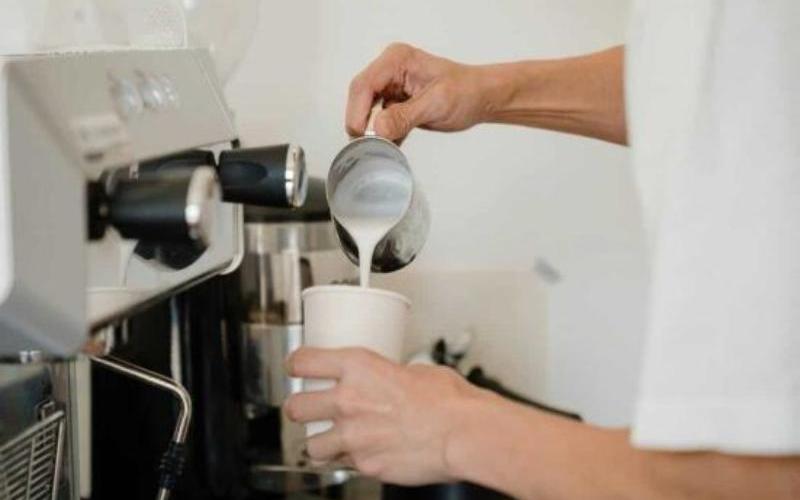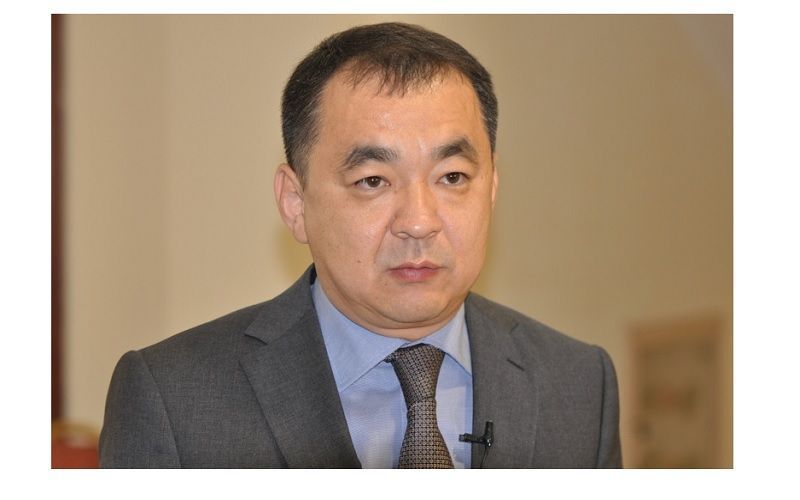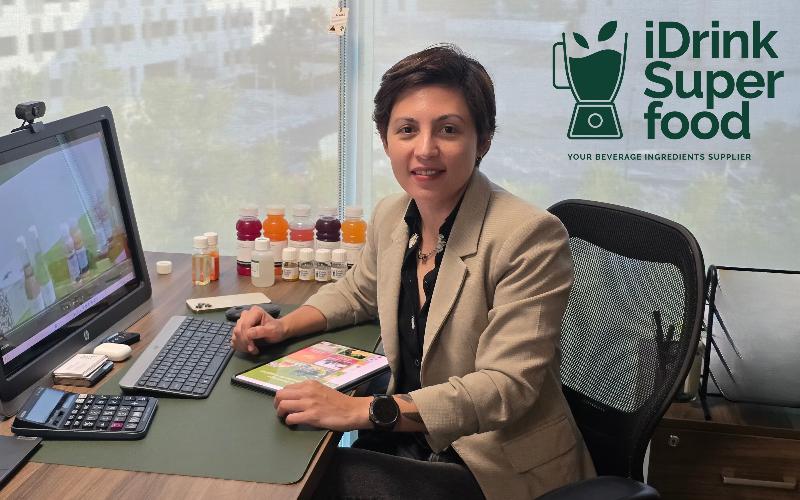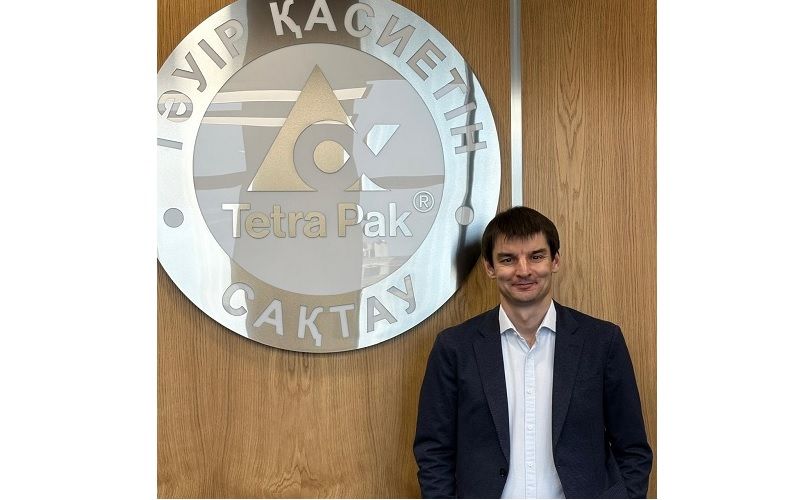Danone's Marketing Strategy Amid GLP-1 Medication Trends
Sourse: dairynews.today
Danone adapts its food marketing strategy to accommodate the growing trend of GLP-1 medications, aligning its portfolio to meet changing nutritional needs while exploring innovative marketing channels.

The market for GLP-1 medication is projected to exceed $100 billion in annual revenue in the next decade. As these drugs, originally for diabetes, find a use in weight loss, they are reshaping consumer dietary needs. Approximately one in eight U.S. adults are using GLP-1 medications, prompting them to seek diets rich in protein and nutrients.
Danone, marketing brands like Oikos Greek Yogurt and Silk, is aligning its product offerings to this shift. According to Linda Bethea, Danone North America CMO, there is a 'tipping point' in consumer trends since COVID, with increased interest in health-focused products—accelerated by anti-diabetes and anti-obesity medications.
Danone is testing ads on platforms like Pinterest, focusing on diet-specific messaging. The company has advocated for the FDA's health claims linking its products to reduced diabetes risk, emphasizing its mission to deliver health through food.
Marketing strategies involve understanding consumer journeys in the GLP-1 space, utilizing retail media networks, and engaging through various health-related channels. With a significant budget shift towards retail media, Danone tracks buyer behavior and incrementality.
AI partnerships, such as with Microsoft, are truncated workflows from creative development to effectiveness testing. Danone also engages in cultural relevancy by investing in women’s sports and regional Super Bowl ad strategies.
Danone, marketing brands like Oikos Greek Yogurt and Silk, is aligning its product offerings to this shift. According to Linda Bethea, Danone North America CMO, there is a 'tipping point' in consumer trends since COVID, with increased interest in health-focused products—accelerated by anti-diabetes and anti-obesity medications.
Danone is testing ads on platforms like Pinterest, focusing on diet-specific messaging. The company has advocated for the FDA's health claims linking its products to reduced diabetes risk, emphasizing its mission to deliver health through food.
Marketing strategies involve understanding consumer journeys in the GLP-1 space, utilizing retail media networks, and engaging through various health-related channels. With a significant budget shift towards retail media, Danone tracks buyer behavior and incrementality.
AI partnerships, such as with Microsoft, are truncated workflows from creative development to effectiveness testing. Danone also engages in cultural relevancy by investing in women’s sports and regional Super Bowl ad strategies.


